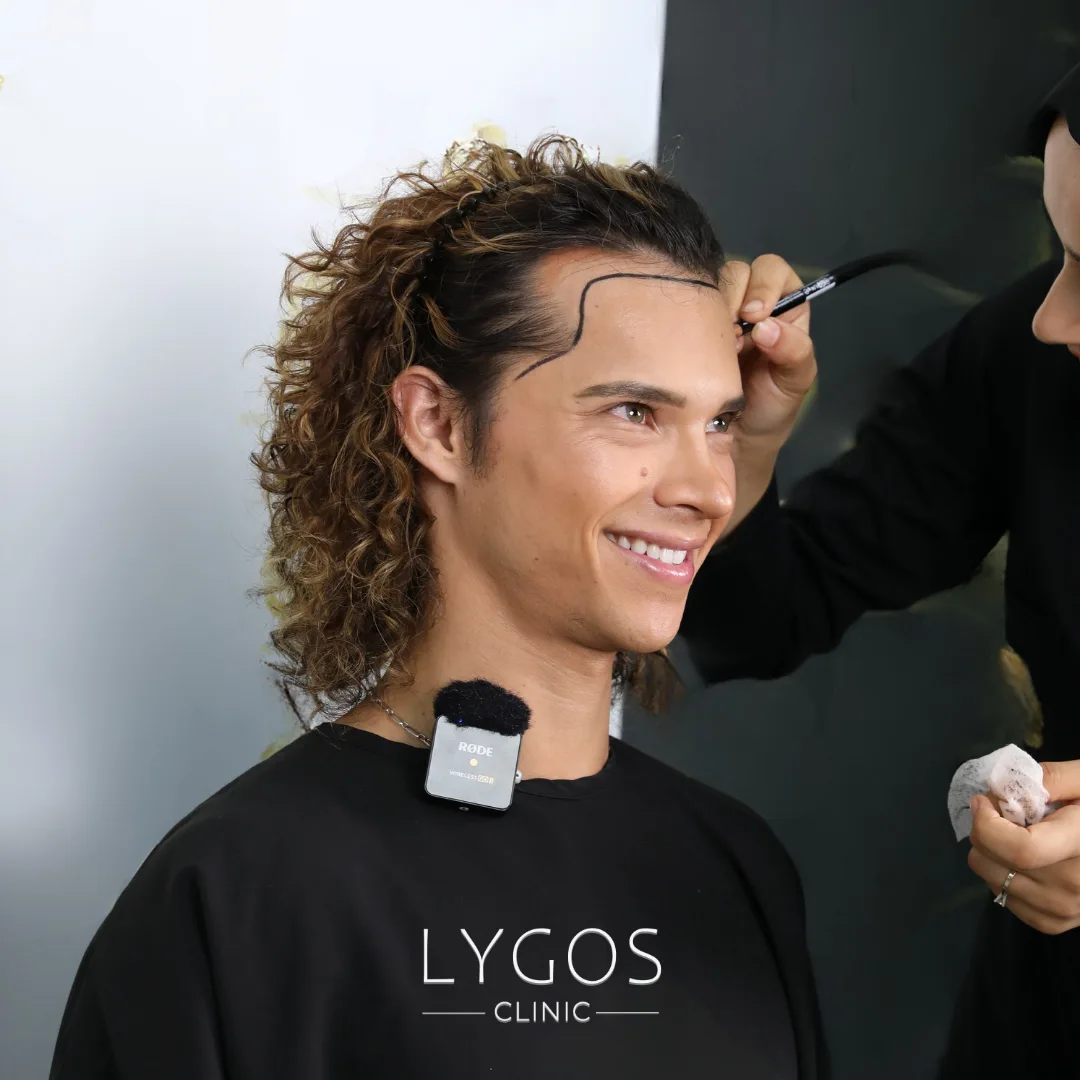How Should Hairline Planning Be Done?

Chose Your Topic
How Should Hairline Planning Be Done?
Hair loss is a serious problem that affects the self-confidence of many people. One of the most commonly preferred methods for solving this problem is hair transplantation. However, one of the most important questions for a successful hair transplant is how hairline planning should be done. So, how should hairline planning be done, and what should be considered? In this article, we provide a detailed guide covering everything from the importance of hairline planning to the methods used.
The Importance of Hairline Planning
The hairline directly affects the aesthetic appearance of the face. Incorrect planning can prevent transplanted hair from looking natural. Therefore, the question of how should hairline planning be done must be answered before hair transplantation.
With proper planning, a hair transplant achieves a natural appearance while harmonizing with facial features. Additionally, considering the risk of future hair loss ensures long-term and aesthetically satisfying results.

Factors to Consider in Hairline Planning
The main factors to consider during hairline planning include:
- Face Shape: The hairline should be designed according to the individual's face shape. Different designs are preferred for oval, square, or round faces.
- Age: In younger patients, softer lines should be used for a more natural look.
- Hair Density: The existing hair density plays a key role in determining the areas to be transplanted.
- Hair Loss Patterns: If there is a family history of hair loss, potential future thinning areas should be included in the planning.
Taking these factors into account makes it easier to answer the question of how should hairline planning be done.

Hairline Types
Hairline types vary according to facial features and aesthetic preferences. The main types are:
- Straight Hairline: Commonly used in men, providing a clear and straight line.
- Wavy Hairline: Offers a more natural look and harmonizes with facial contours.
- Angled Hairline: Creates a strong and defined appearance, often suitable for square faces.
- Soft Transition Hairline: Provides an aesthetic solution against future hair loss risks as age progresses.
Each type forms the basis for answering how should hairline planning be done.
Aesthetic Rules in Hairline Design
To achieve a natural and aesthetic hairline, the following rules should be applied:
- Use of the Golden Ratio: Hairlines should align with facial proportions using the golden ratio.
- Symmetry: The hairline should be symmetrical on both sides for a natural transition.
- Hair Density and Direction: : The direction and density of transplanted hair should match existing hair.
- Transition Lines: Especially in the frontal hairline, transitions should be soft.
These aesthetic rules provide a valuable perspective on how should hairline planning be done.

Methods Used in Hairline Planning
Today, several methods are used for hairline planning:
- Manual Design: The doctor draws the hairline manually based on experience and facial features.
- Digital Planning: 3D simulation programs allow the hairline to be designed in advance.
- Photomontage Method: Previous hair photos and current hair condition are used to plan the line.
All these methods offer both aesthetic and scientific answers to how should hairline planning be done.
Pre-Transplant Planning Process
The pre-transplant planning process is the foundation for a successful operation. It generally includes:
- Consultation and Assessment: The patient’s expectations and facial features are analyzed.
- Hairline Design: Using aesthetic rules and appropriate methods, the hairline is determined.
- Simulation: The planned hairline can be shown to the patient digitally.
- Approval: The plan is reviewed and approved jointly by the patient and doctor.
This process provides a practical answer to how should hairline planning be done and ensures natural results after transplantation.
The hairline is highly important for aesthetic appearance and self-confidence. Successful hairline planning is not only a technical process but also an aesthetic one. Planning should take into account face shape, age, current hair status, and potential future hair loss.
In summary, the success of a hair transplant largely depends on the accuracy of the answer to how should hairline planning be done. Designing a symmetrical, aesthetically pleasing, and natural hairline increases satisfaction both in the short and long term. Therefore, a detailed planning process before hair transplantation is essential.
How Should Hairline Planning Be Done? Frequently Asked Questions (FAQ)
The hairline directly affects facial aesthetics. Incorrect planning can prevent transplanted hair from looking natural and reduce aesthetic satisfaction. Proper planning ensures both a natural appearance and long-term satisfaction.
Hairline planning should consider factors such as face shape, age, existing hair density, and the risk of hair loss. An aesthetic design is applied, and digital simulations may be used if necessary.
The golden ratio, symmetry, hair direction and density, and soft transition lines are applied to achieve a natural and aesthetic appearance.
Manual design, digital planning, and photomontage are commonly used. The method choice depends on the patient’s condition and the doctor’s expertise.


